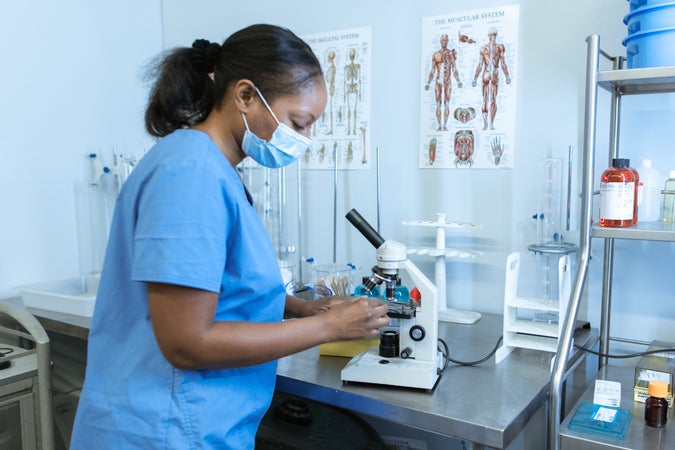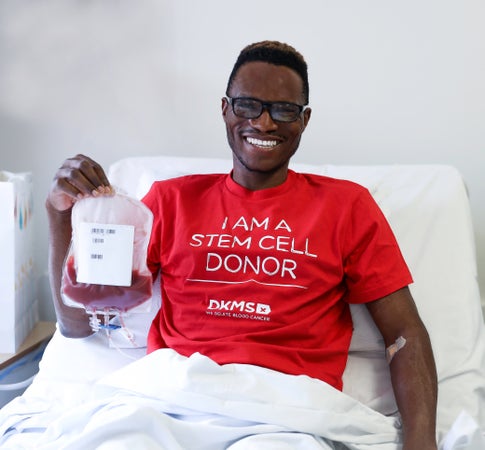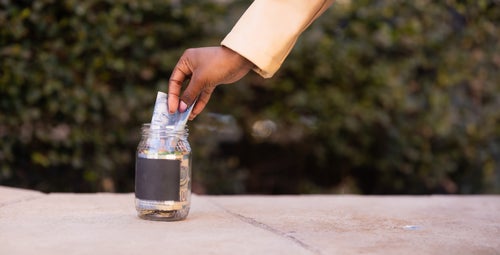Peripheral stem cell collection
This is the most common method of stem cell collection, used in over 95 per cent of cases.
This involves the doctor placing a special intravenous line in each arm vein, much like giving blood. In the run-up to the procedure, donors are given a drug with the growth factor G-CSF for a period of five days.
A hormone-like substance, G-CSF occurs naturally in the body and increases the number of stem cells that are produced and flushed into the bloodstream. This is important because it generates sufficient quantities of stem cells to be taken from the arm vein.
While taking the drug, some donors experience side effects such as flu-like symptoms. These are usually easy to treat with a light painkiller and tend to disappear as soon as the donation has been made. Another potential side effect resulting from treatment with G-CSF is a temporary enlargement of the spleen, which donors cannot normally feel at all. But to ensure the spleen is not overstretched, donors should not do any weight training, contact sports or strenuous physical work from the first day they take G-CSF to the sixth day after the donation.
Peripheral stem cell collection usually takes between four and six hours at the most, and donors can normally leave the collection centre on the same day. Only very rarely is a second outpatient collection needed.
Peripheral stem cell donation has been carried out since 1988, and DKMS has documented the use and long-term effects of G-CSF in more than 80,000 of its donors since the end of the 1990s. So far there is no evidence to suggest that stem cell mobilisation with G-CSF may lead to lasting side or follow-up effects.






